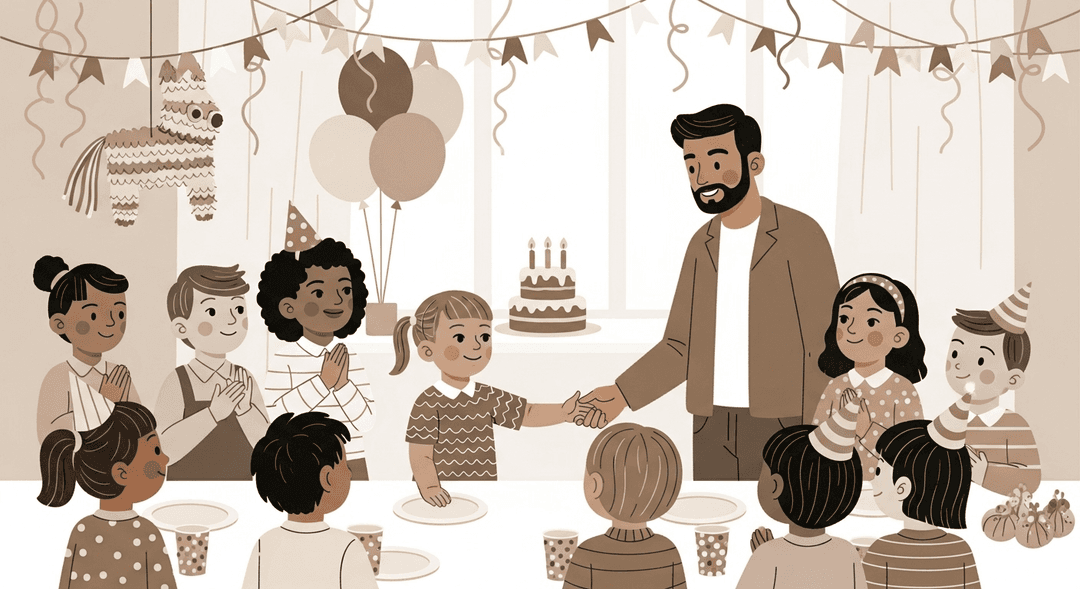Teach Them How to Introduce Themselves Confidently
Ever watched your kid freeze up like a deer in headlights when someone says, 'And what's your name?' Yeah, me too. If the idea of your child mumbling their name into their shoes at every birthday party makes you want to leap in with a PowerPoint, this one’s for you. Let’s make introductions less like awkward job interviews and more like, well, something that doesn’t involve sweaty palms and existential dread.
Practicing introductions gives kids a boost in self-confidence and social skills, and helps wire those little brains for positive social interaction. It lowers anxiety around new people, helps with language development, and gives their prefrontal cortex a workout in self-regulation and planning. Basically, it’s like emotional spinach—awkward at first, but super good for them.
How to do it
-
Start by role-playing at home with stuffed animals. Use silly voices to make it fun and engaging for your child.
-
Model introductions yourself. When you meet new people in front of your child, clearly introduce yourself so they can see how it’s done.
-
Keep introductions simple. Encourage your child to say, “Hi, my name is ___.”
-
Practice in low-stakes situations. For example, saying hello to the neighbor’s dog is a great way to build confidence—the dog is very nonjudgmental!
-
Celebrate every attempt your child makes, whether it’s a whisper, a shy wave, or a full introduction. Positive reinforcement helps build confidence.
-
Don’t force it. Let your child go at their own pace, and always be ready to step in and support them if things become overwhelming.
Key Tips:
- Make practice playful and pressure-free.
- Use real-life moments as teaching opportunities.
- Focus on effort, not perfection.
- Be patient and encouraging throughout the process.
